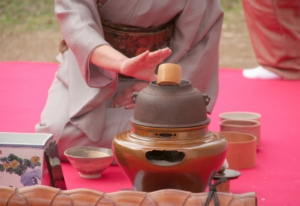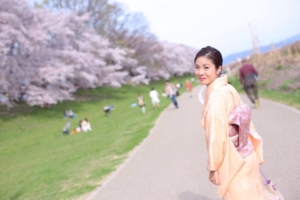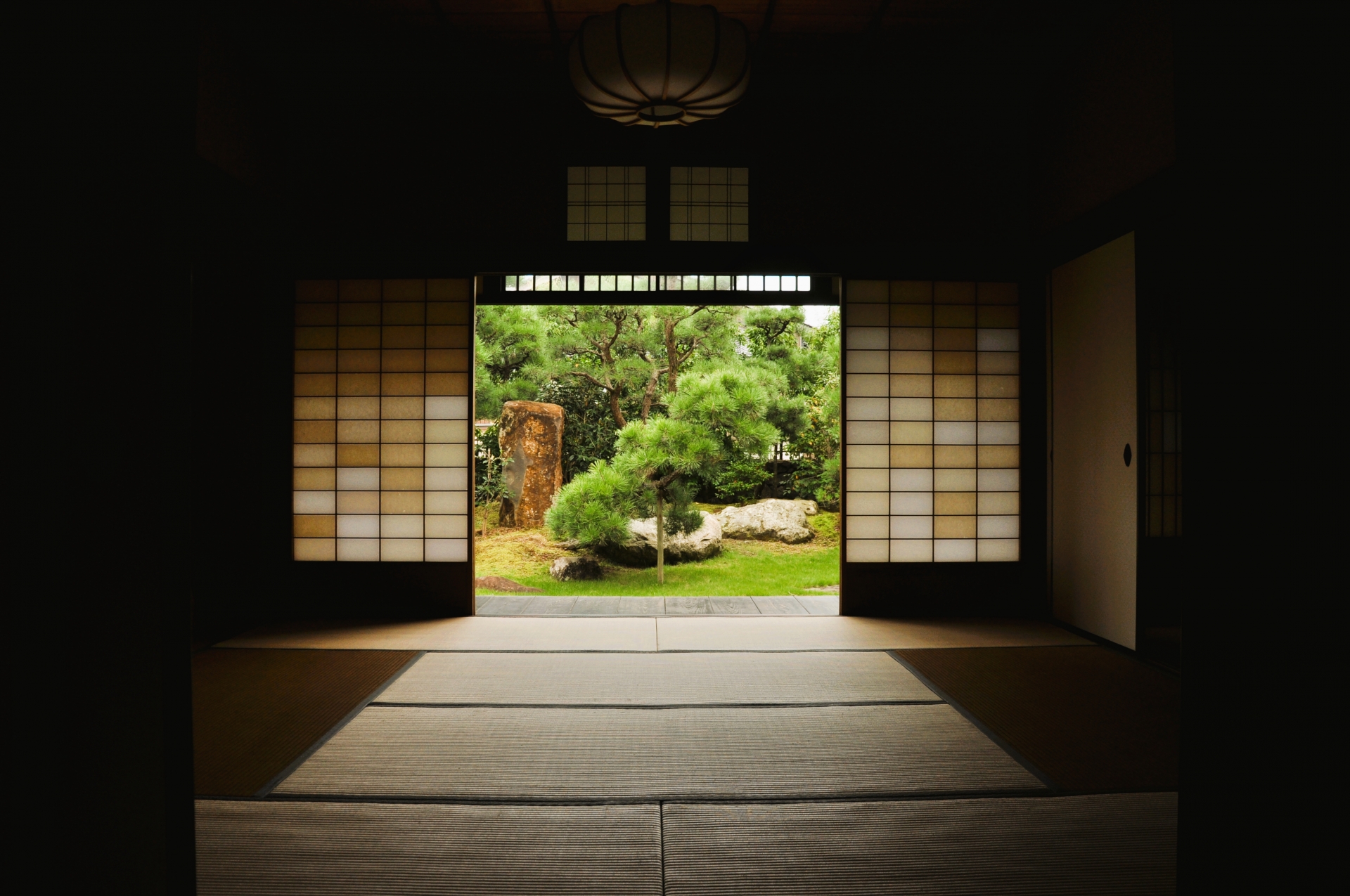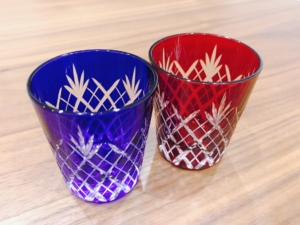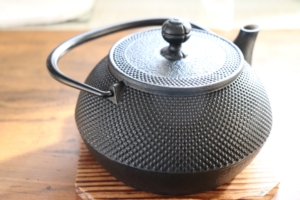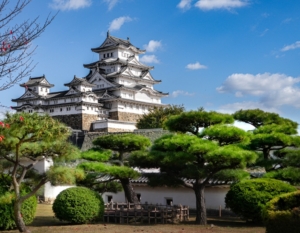Tatami is a material best suited to Japan’s climate and weather.
畳は、日本の気候や風土に最適な素材です。
suit to:ふさわしい
Tatami was originally laid on wooden floors in the residences of aristocrats during the Heian period.
畳は元々、平安時代の貴族の屋敷の、板の床の上に敷かれていました。
lay on :敷く
residence:住宅、居住
It was not until the Edo period that tatami became common in homes, and from that time on, tatami was laid throughout the room.
畳が住宅において一般化したのは江戸時代からで、その頃から畳は部屋中に敷き詰められるようになりました。
Tatami mats vary in size depending on the region.
畳は、地域によって大きさが異なります。
vary:多様
”Kyoma” is the size of tatami used mainly in the Kansai region.
「京間」は、主に関西で用いられる畳の大きさです。
”Edoma” is the size of tatami used mainly in the Kanto region.
「江戸間」は、主に関東で用いられる畳の大きさです。
Tatami is characterized by its high heat insulation and heat retention properties.
畳は、高い断熱性と保温性があることが特徴です。
insulation:断熱
retention:保持
This makes it possible to stay cool in summer and warm in winter.
そのため、夏は涼しく、冬は暖かく過ごすことができます。
It also has the ability to regulate humidity, making it ideal for Japan’s hot and humid climate.
また、湿度を調整する機能もあり、高温多湿な日本の気候に最適です。
regulate:調整する
Tatami mats need to be maintained from time to time because of fading and rusting of the igusa.
畳は色あせやイグサのささくれなどが起こるため、ときに応じてメンテナンスが必要となります。
fade:衰える

Shoji screens are made of thin paper stretched over a wooden frame and are unique to Japan.
障子は、木の枠に薄い紙を張り付けたもので、日本固有のものです。
stretch over:ぴんと張る
The origin of the shoji is believed to be the Yarido, which was used in the residences of aristocrats during the Heian period.
障子の起源は平安時代の貴族の屋敷にあった「遣戸(やりど)」だとされています。
By the Muromachi period, shoji became commonplace. In the Edo period, various types of shoji were created.
室町時代になると、障子は一般化しました。さらに江戸時代に入ると、さまざまな種類の障子が生み出されました。
In an era when there were no glass windows, shoji screens were revolutionary because they provided brightness in a room while protecting it from cold and wind.
障子に使われる和紙は、光を均一に拡散する性質があるため、穏やかな室内空間を演出してくれます。
The Japanese paper used for shoji screens diffuses light evenly, creating a peaceful interior space.
障子に使われる和紙は、光を均一に拡散する性質があるため、穏やかな室内空間を演出してくれます。
diffuse:拡散する
evenly:平等に
Like tatami mats, shoji screens require regular maintenance, and maintenance of shoji screens is specifically called “Harikae”.
障子も畳のように、定期的なメンテナンスが必要で、障子のメンテナンスは特に「張り替え」と言います。
執筆者:山本和華子
【本を出版しました】
